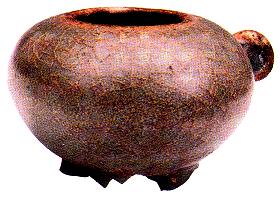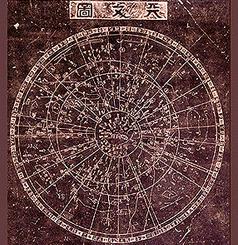| About China > History > Dynasties > dycontent |
|
|
Southern Song Dynasty
After the emergence of the Mongols, the three powers in the north - the Mongols, Western Xia and Jin engaged in constant battles, which presented the Southern Song with an opportunity for expansion. However, since a defensive strategy had been adopted, no action was taken. It was not until the Western Xia vanished and the Jin, having lost most of its northern territories, attacked the Southern Song that they were forced to flee. Although the Southern Song troops held the southward marching Jin army at bay, they also suffered heavy losses. Meanwhile, Mongolian forces advanced onto the northern banks of the Yellow River, but the Southern Song lacked sufficient strength to resist the new invaders. With the Jin virtually defeated, the Southern Song foolishly decided to unite with the Mongols to continue their resistance. The Song was unaware that their new allies would prove to be far more dangerous than the Jin.
Having conquered the Jin, the Mongols then set their sights on the Southern Song. In 1276, the Mongolian army captured Hangzhou, putting an end to the Southern Song Dynasty. Some Song ministers fled south to Fujian and Guangdong to re-establish a mini-Song court, which was short-lived, ending in the second year (1279) of Xiangxing at Yashan.
Despite the precarious military situation, the Southern Song period was one of prosperity and creativity.
Southern Song art developed in an urban culture characterized by active foreign trade and the emergence of a merchant class looking for diversion and entertainment that was previously reserved for nobles. The new patrons particularly enjoyed painting with a realistic style that depicted the pleasures of daily life.
Printing was invented during the late Tang. By the time the Southern Song assumed power, books were more widely available and much less expensive. Increased access to education and expanded civil-service examinations brought more scholars to government service than ever before. The Song period also saw a revival of Confucianism, known as Neo-Confucianism. |
||||||||
 |


